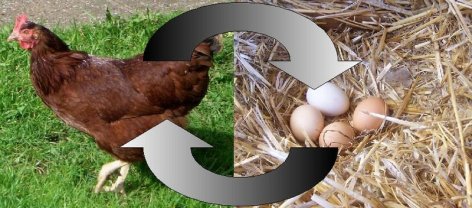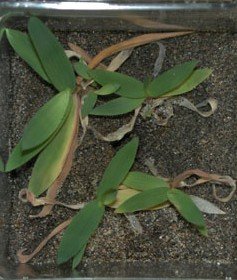
An article in Science Daily reports on a study that supposedly answers the question, “Which Came First, the Chicken or the Egg?” Unfortunately, while one of the authors gives the correct answer (the chicken), he doesn’t use the correct reasoning. Also, spending time on that question actually distracts from the amazing results of the study, which demonstrate the incredible design ingenuity of the Creator.
The study focuses on chicken eggs. Specifically, it focuses on the shells of chicken eggs. While you and I (and a baby chick) see the shell as something annoying that needs to be broken, it is actually a marvelously-constructed shield that protects the contents of the egg while allowing them to interact safely with the environment. After all, the contents of the egg need protection, but the embryo needs oxygen, which it must get from the outside world. The egg shell is strong enough to protect the egg’s contents, but it is also porous enough for oxygen (which the embryo needs to take in) to diffuse into the egg and carbon dioxide (which the embryo must expel) to diffuse out.
This marvelous shell is made of a combination of proteins and calcium carbonate crystals. The proteins provide a bit of flexibility, while the calcium carbonate crystals provide strength. Without the proteins, the shell would be too brittle, and without the calcium carbonate, the shell would be too weak. The mother chicken makes both the proteins and the calcium carbonate, but until the study mentioned above was published, there was a big question mark regarding exactly how the calcium carbonate portion of the egg shell was formed.
Continue reading “The Chicken Did Come First, But Not For This Reason!”





